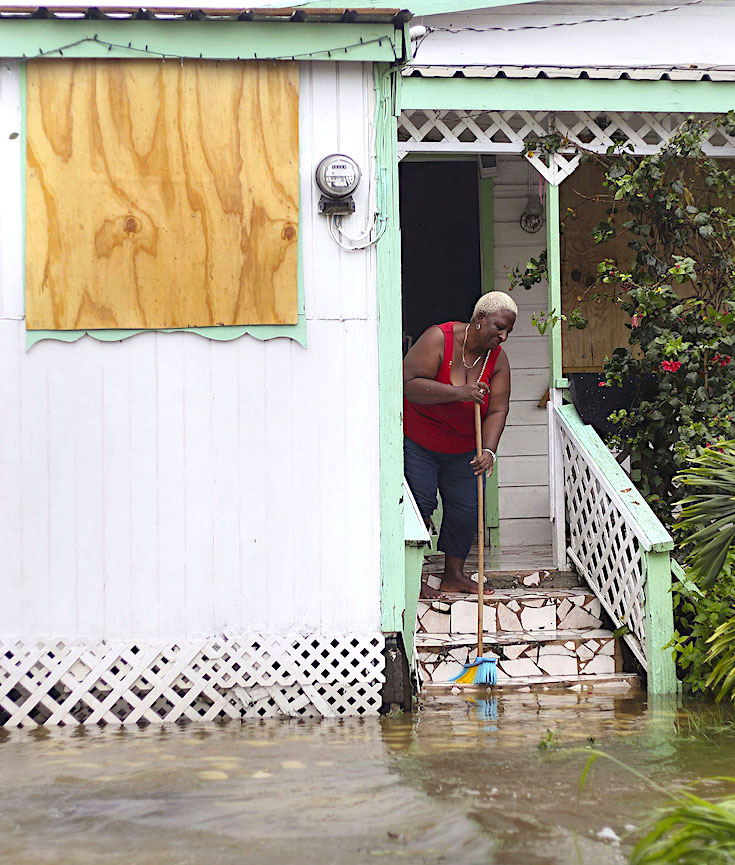[dropcap]Walking[/dropcap] the streets of the small Caribbean island of Barbuda on a Friday afternoon, you are likely to see more goats than humans.
Dogs, cats and horses, all of which roam freely about the island now that fences are down, also seem to outnumber people. The streets are empty and the houses – at least the ones still standing – are abandoned. The island is like a ghost town.
Barbuda, which covers only 62 square miles, was the first to feel the force of Hurricane Irma. When the storm made landfall on the night of 6 September, it hit Barbuda at about 185mph. A two-year-old boy died and an estimated 90% of properties were damaged.res some of the people and circumstances of that volatile period, as a distraught city tried to hold it together, heal and move forward. [mc4wp_form id=”6042″]
Two days later, fearing Barbuda would be hit again, this time by Hurricane Jose, the prime minister ordered an evacuation. All 1,800 residents were ferried to Antigua, Barbuda’s much larger sister island, which suffered only minor damage.




NATIONAL MUSEUM OF AFRICAN AMERICAN HISTORY & CULTURE | WASHINGTON, DC
The National Museum of African American History and Culture is the only national museum devoted exclusively to the documentation of African American life, history, and culture. It was established by Act of Congress in 2003, following decades of efforts to promote and highlight the contributions of African Americans. To date, the Museum has collected more than 36,000 artifacts and nearly 100,000 individuals have become charter members. The Museum opened to the public on September 24, 2016, as the 19th and newest museum of the Smithsonian Institution. (Website).


You must be logged in to post a comment.